Thermal Binocular for Night Vision: SPI Hornet with FLIR Tau 2 Sensor
The SPI Hornet stands as the pinnacle of cutting-edge thermal imaging technology for observation in today’s market. Crafted from a high-grade aluminum and magnesium alloy, this binocular unit ensures durability and lightweight functionality. With its waterproof capabilities, the Hornet excels even in the harshest weather conditions and challenging environments.
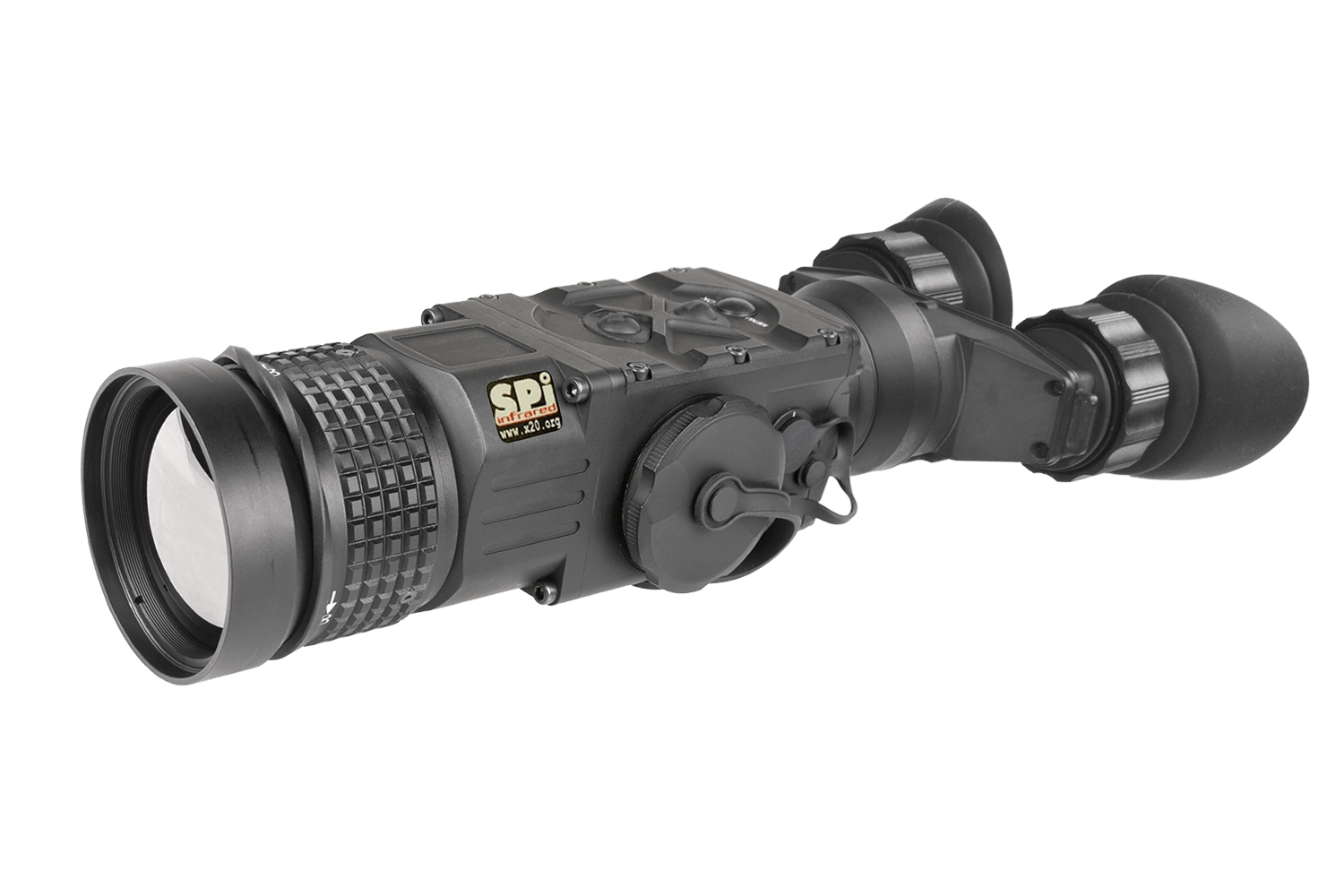
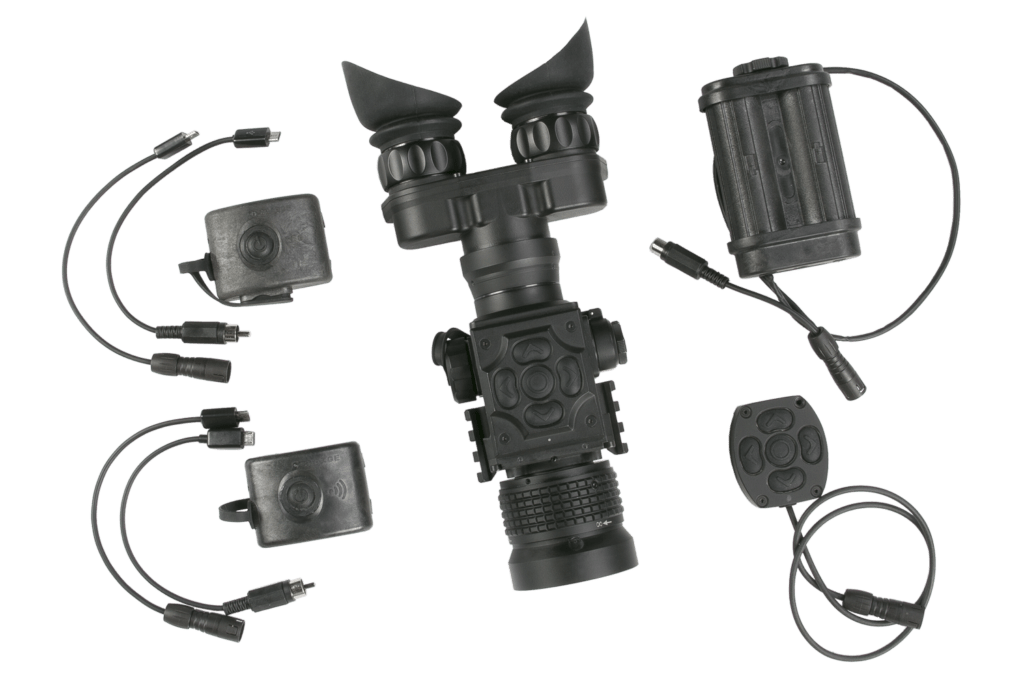
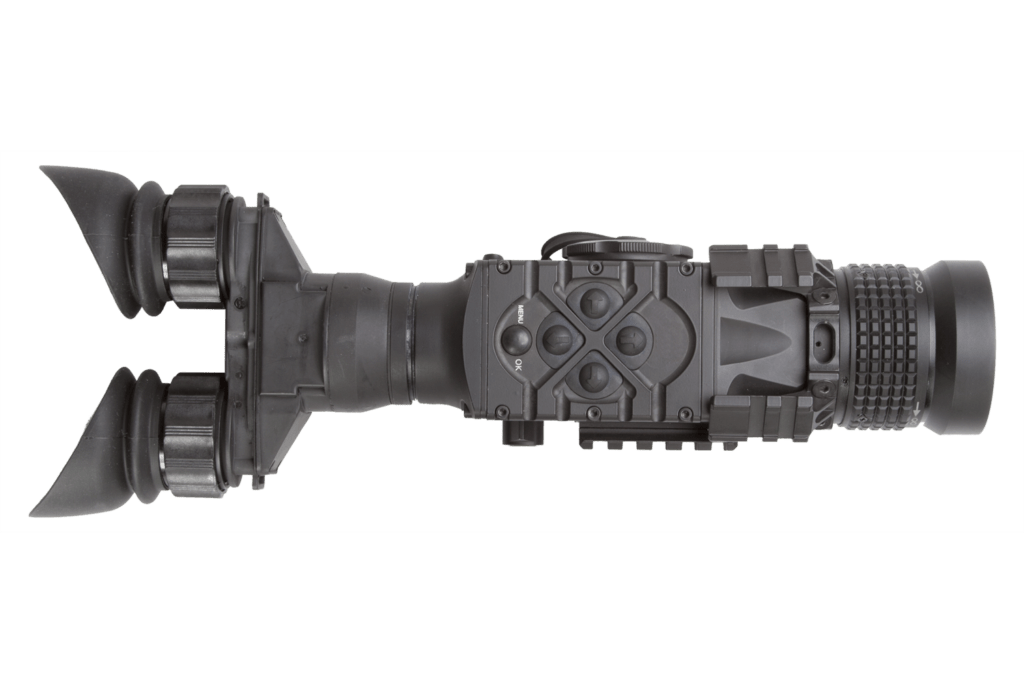
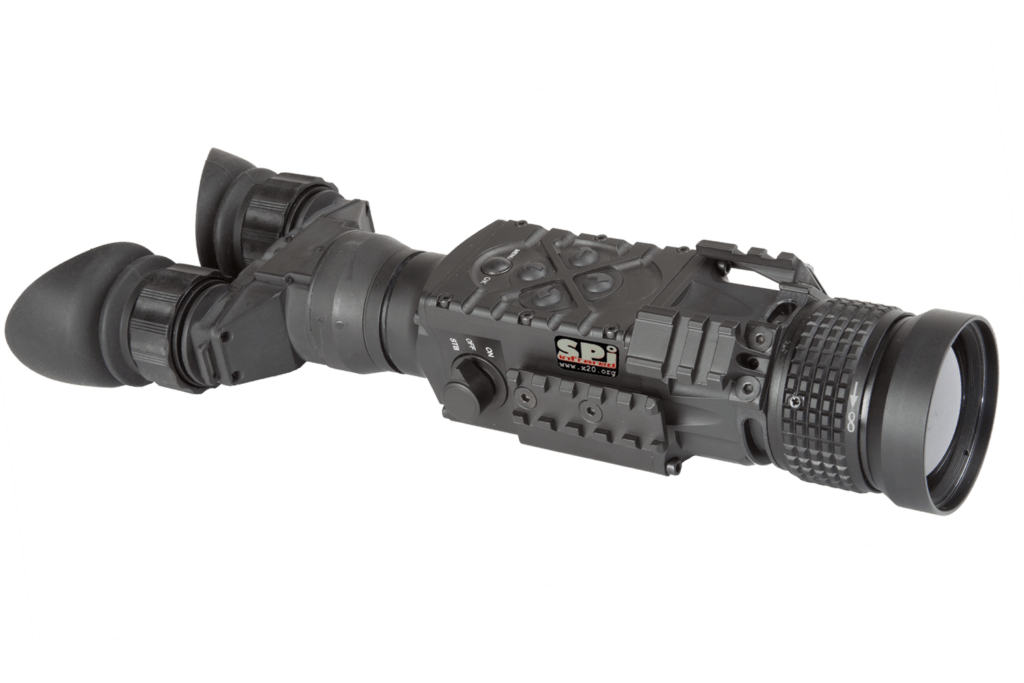
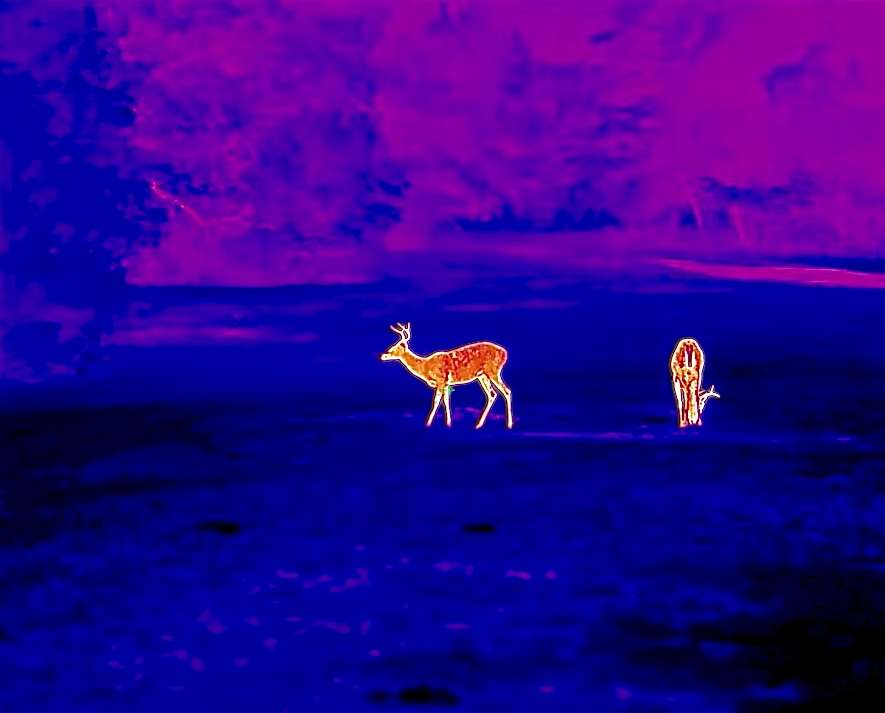
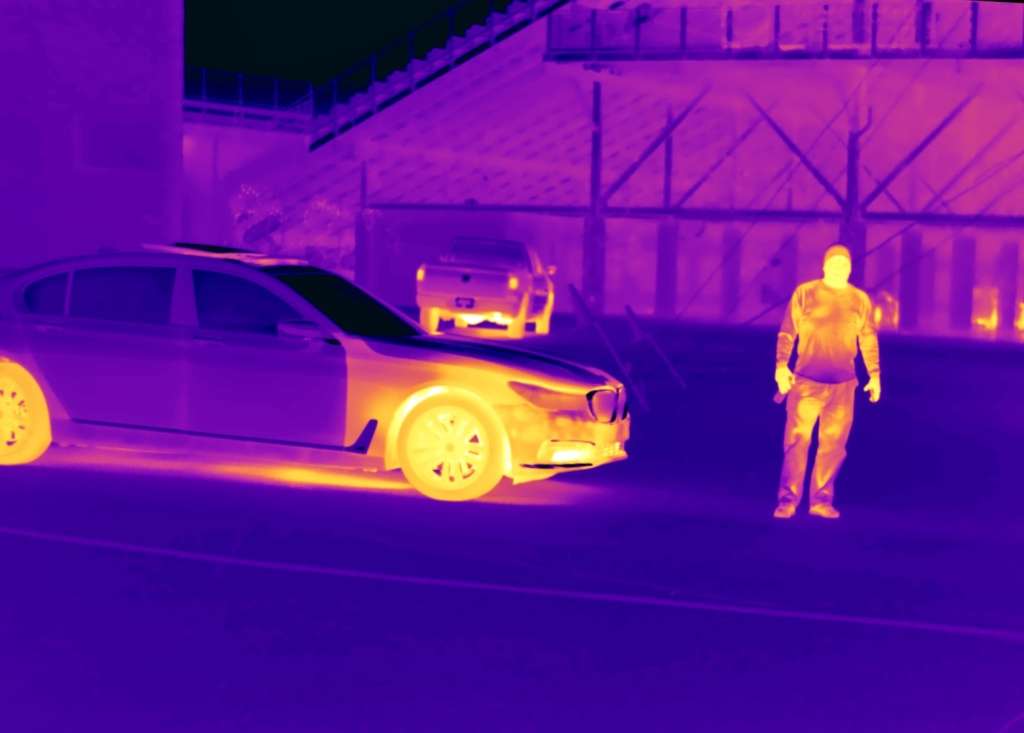
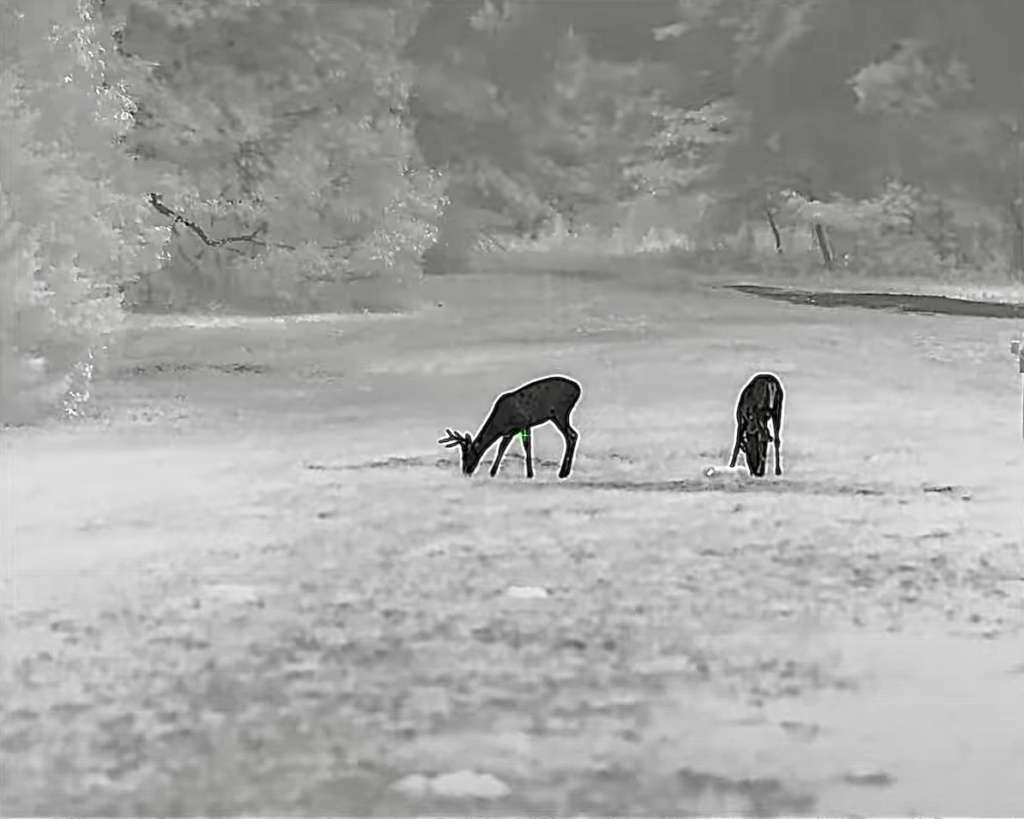
SPI HORNET T336-50-B
THERMAL BINOCULARS | PART #T336-50-B
CHARACTERISTICS
Detector type: FLIR Tau 2 17μm Uncooled Microbolometer
Refresh rate: 60 Hz
Resolution: 336 X 256
FOV: 7.8 ° × 5.9° (H x V)
The SPI HORNET T336-50-B Thermal Binocular for Night Vision represents the pinnacle of thermal imaging technology for observation. This cutting-edge device features a FLIR Tau 2 17μm pitch thermal sensor, offering exceptional image clarity and detail. With its durable and lightweight high-grade aircraft aluminum alloy construction, waterproof capability, and versatile image palettes, the SPI Hornet ensures optimal performance even in the harshest weather conditions, making it an indispensable tool for military and outdoor enthusiasts alike.
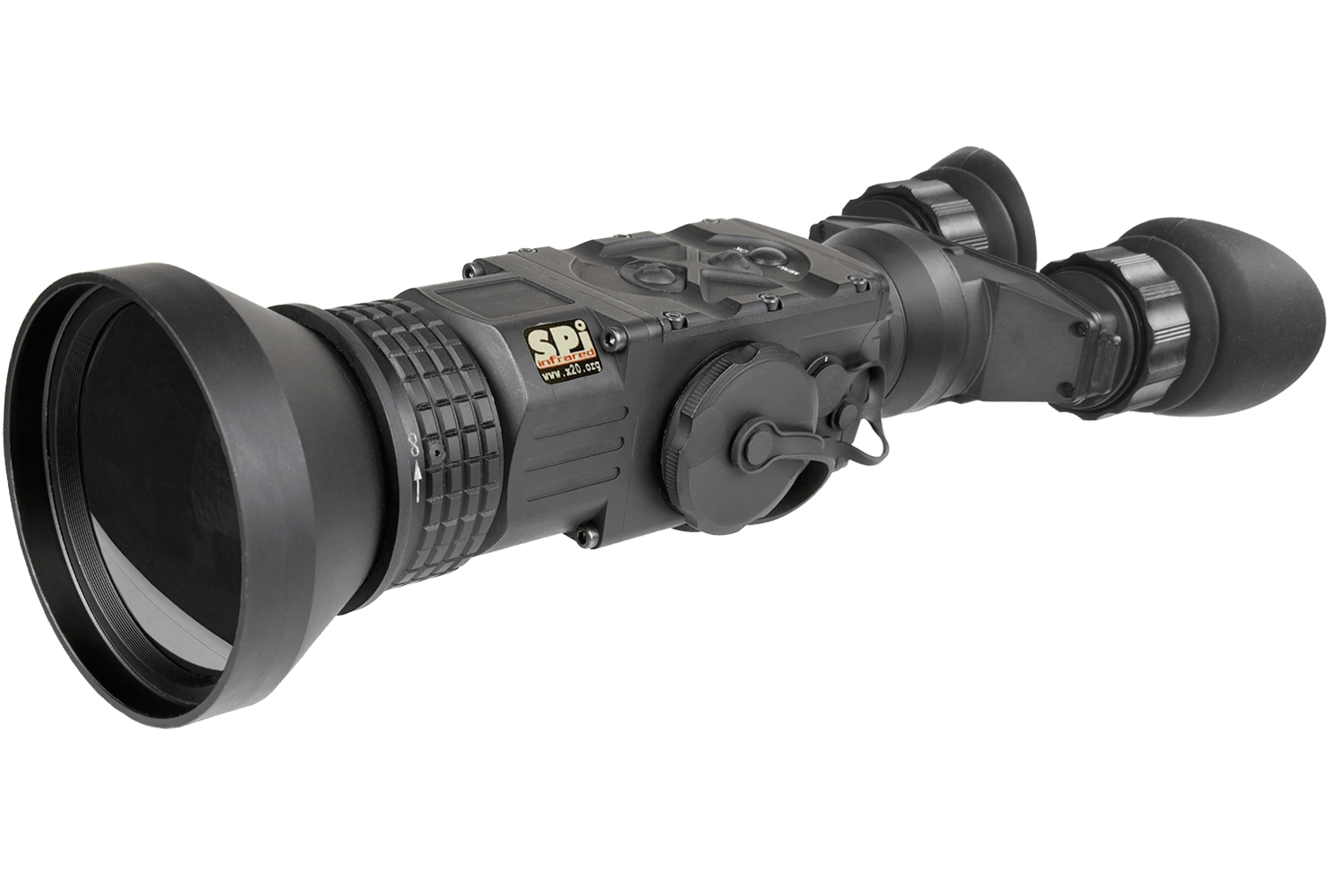

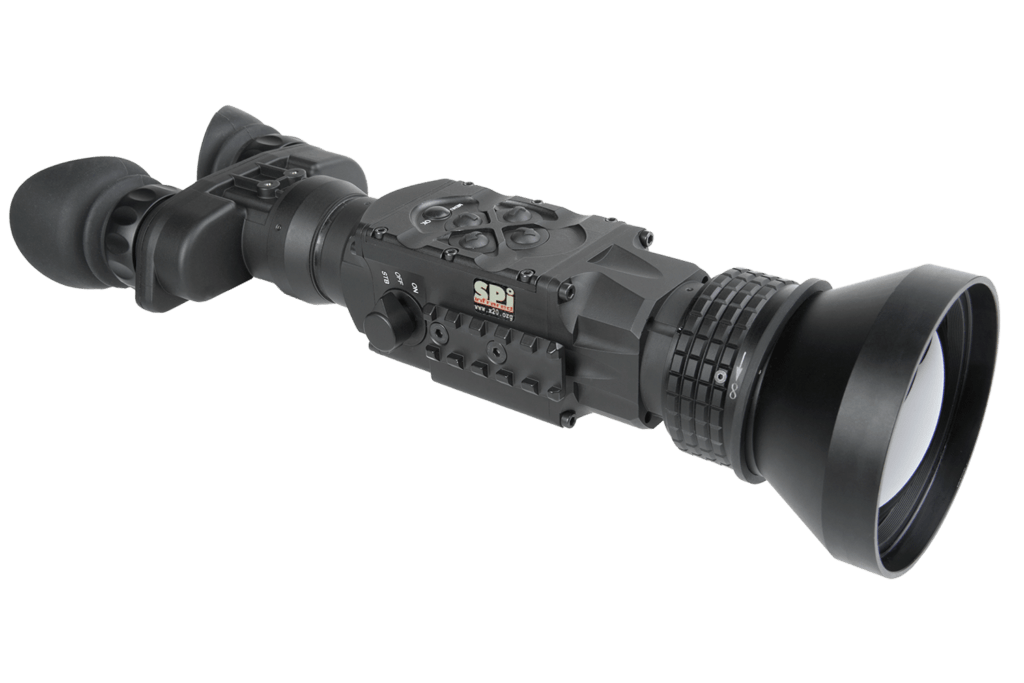
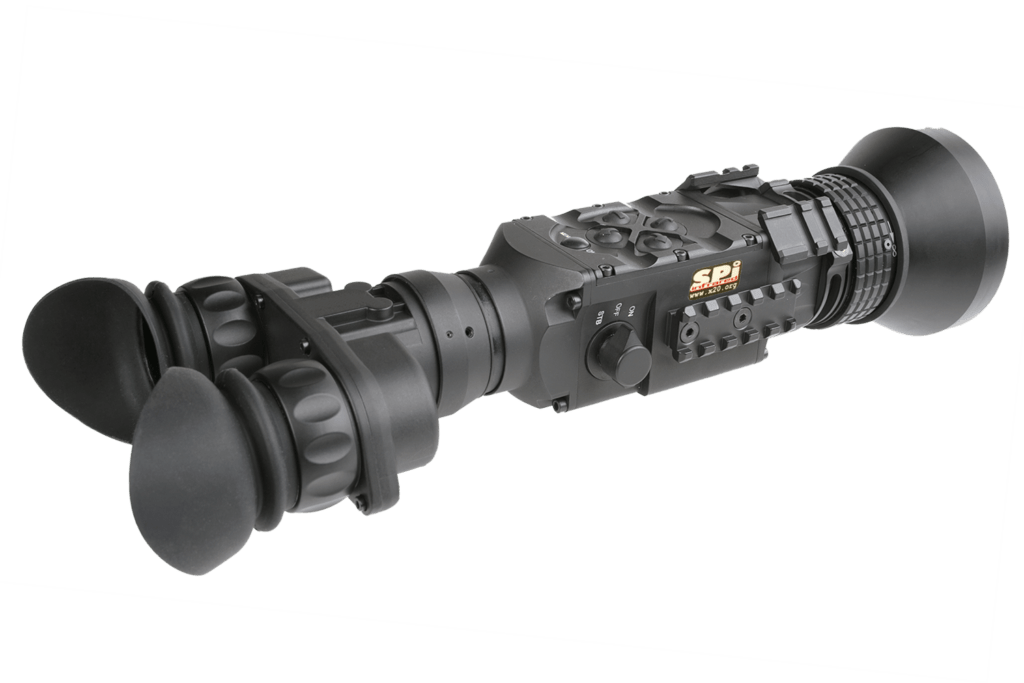



SPI HORNET T336-75-B
THERMAL BINOCULARS | PART #T336-75-B
CHARACTERISTICS
Detector type: FLIR Tau 2 17μm Uncooled Microbolometer
Refresh rate: 60 Hz
Resolution: 336 X 256
FOV: 4.3° × 3.3° (H x V)
Introducing the SPI HORNET T336-75-B Thermal Binocular for Night Vision with a 75 mm lens, this version takes thermal imaging technology for observation to new heights. Equipped with a FLIR Tau 2 17μm pitch thermal sensor, it delivers unrivaled image clarity and detail. Crafted from high-grade aircraft aluminum alloy, this lightweight yet robust binocular boasts waterproof capabilities and adaptable image palettes, making it the ultimate choice for uncompromising performance in challenging weather conditions, ideal for both military and outdoor enthusiasts.
Users can choose between 50 mm and 75 mm Germanium lenses, and it’s tripod-compatible for hands-free operation. Power options include two CR123A 3V Lithium Batteries or its rechargeable equivalents, and an auxiliary 5V battery pack can be connected via micro-USB for extended use.
PACKAGE INCLUDES
Thermal Binoculars For Night Vision
Thermal binoculars for night vision utilize advanced thermal imaging technology to provide clear sight in low-light and pitch-dark conditions. Equipped with sensors like the FLIR Tau 2, they are invaluable tools for military, law enforcement, and outdoor enthusiasts, enabling effective observation and target identification in the dark.

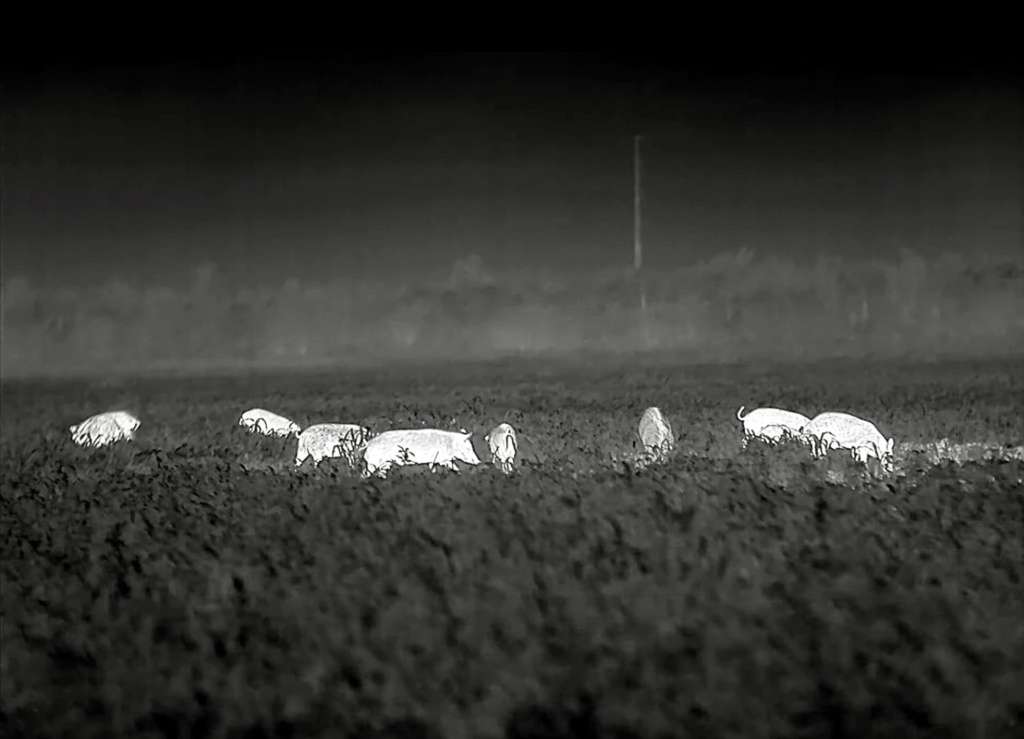
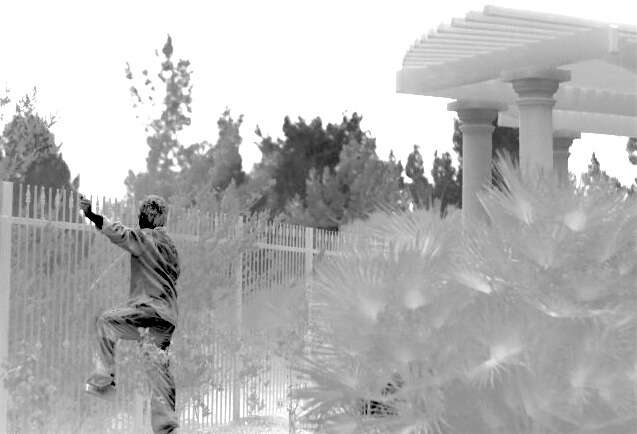
DESCRIPTION AND FEATURES
The SPI Hornet stands at the forefront of thermal imaging devices for observation, incorporating the latest technological advancements. Crafted from high-grade aircraft aluminum alloy, this bi-ocular unit achieves a remarkable blend of durability and lightweight design. Its waterproof capability ensures exceptional performance in challenging environments and adverse weather conditions, while the user-friendly interface, comfortable ergonomic buttons, and wireless remote control simplify operation.
Powered by the FLIR TAU 2 VOx microbolometer core, the Hornet offers a range of adaptable image palettes, including options like white hot, black hot, and Rainbow, catering to various environmental conditions. Furthermore, this high-tech bi-ocular accommodates two CR123A 3V Lithium Batteries or two CR123 rechargeable batteries, with voltage support spanning from 3.0V to 3.7V. For extended use, an external battery pack can be connected via the standard micro-USB port, ensuring uninterrupted operation in the field.
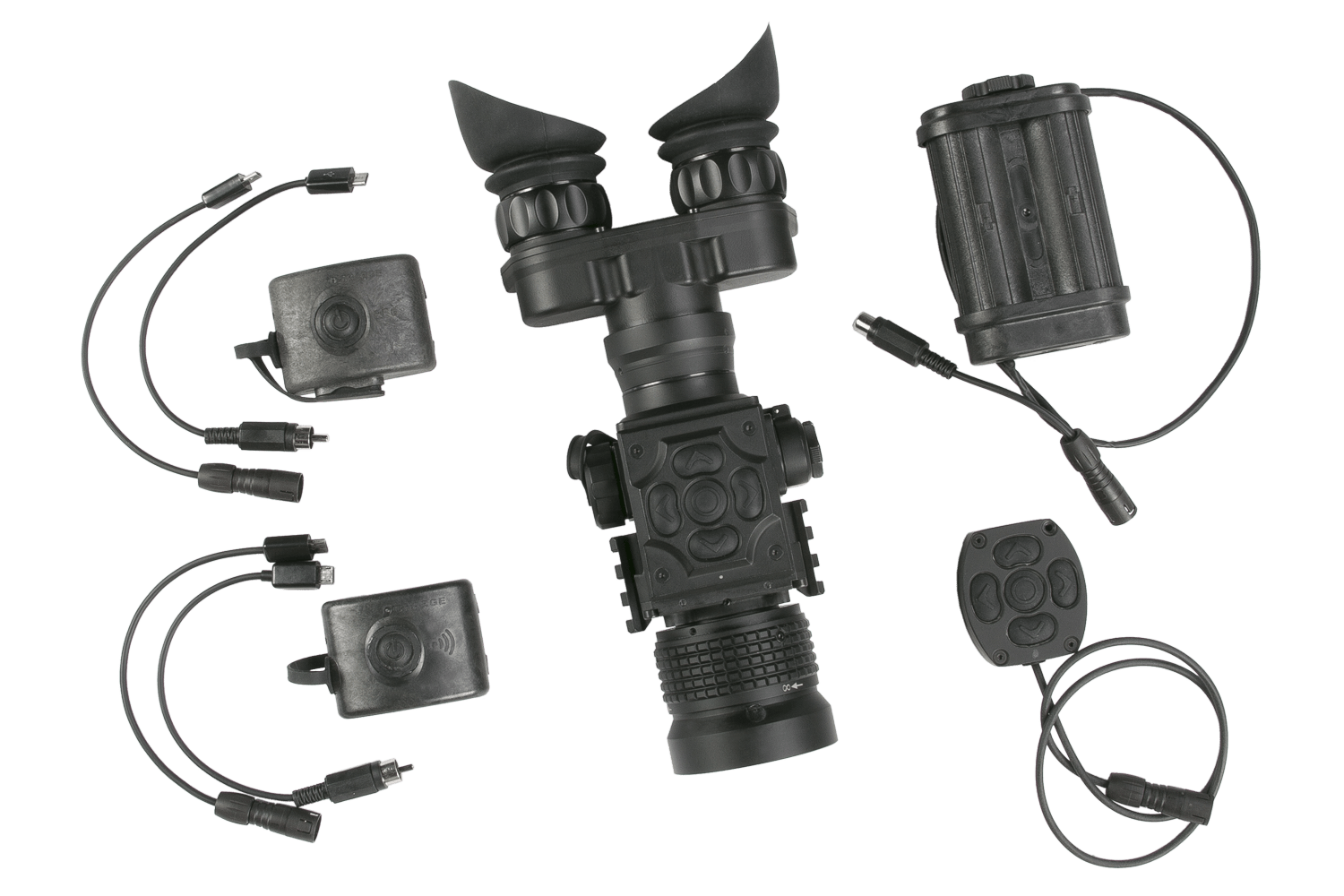
SPI HORNET T336-50-B Thermal Binocular For Night Vision

- Detector type: FLIR Tau 2 17μm Uncooled Microbolometer
- Refresh rate: 60 Hz
- Start up: 3 seconds
- Lens system: 50 mm; F/1.0
- Optical magnification: 2.9×
- Digital zoom: 2×, 4×
- Diopter adjustment range: -5 to +5 dpt
- Focusing range: 5 m to infinity
- Display: (800×600)
- Video output: PAL (768×574 pixels)/ NTSC (640×480 pixels)
- Temperature imaging palettes: White Hot, Black Hot, Fusion, Rainbow, Globow, Ironbow1, Ironbow2, Sepia, Color1, Color2, Ice-Fire, Rain, and OEM
- Interfacing: S620 Connector (Power In, Analog Video In/Out, Digital Video Recorder) Micro USB (External Battery Pack)
- Battery Type: Two CR123A 3V Lithium Batteries or CR123 Type Rechargeable Batteries with Voltage from 3.0V to 3.7V (2)
- Battery Life (Operating): Up to 4 hr (optional up to 12 hrs)
- Operating Temperature Range: -40°C to +50°C (-40°F to +122°F)
- Weight: 0.9 kg (1.9 lbs)
- Overall Dimensions: 288 x 109 x 60 mm (11.3 x 4.2 x 2.3 in)
- Package Includes: Thermal imaging bi-ocular, Lens Cloth, Soft Carrying Case, User Manual
SPI HORNET T336-75-B Long Range Thermal Binocular For Night Vision
- Detector type: FLIR Tau 2 17μm Uncooled Microbolometer
- Refresh rate: 60 Hz
- Start up: 3 seconds
- Lens system: 75 mm; F/1.0
- Optical magnification: 4.3×
- Field of view (H × X): 4.3° × 3.3° (H x V)
- Digital zoom: 2×, 4×
- Diopter adjustment range: -5 to +5 dpt
- Focusing range: 5 m to infinity
- Display: (800×600)
- Video output: PAL (768×574 pixels)/ NTSC (640×480 pixels)
- Temperature imaging palettes: White Hot, Black Hot, Fusion, Rainbow, Globow, Ironbow1, Ironbow2, Sepia, Color1, Color2, Ice-Fire, Rain, and OEM
- Interfacing: S620 Connector (Power In, Analog Video In/Out, Digital Video Recorder) Micro USB (External Battery Pack)
- Battery Type: Two CR123A 3V Lithium Batteries or CR123 Type Rechargeable Batteries with Voltage from 3.0V to 3.7V (2)
- Battery Life (Operating): Up to 4 hr (optional up to 12 hrs)
- Operating Temperature Range: -40°C to +50°C (-40°F to +122°F)
- Weight: 1.14 kg (2.5 lbs)
- Overall Dimensions: 312 x 109 x 89 mm (12.2 x 4.2 x 3.5 in)
- Package Includes: Thermal imaging bi-ocular, Lens Cloth, Soft Carrying Case, User Manual
What are Long Range Thermal Imaging Binoculars?
Long Range Thermal Imaging Binoculars, also known as thermal binoculars, are advanced optical devices designed for long-distance observation in various conditions. They utilize thermal imaging technology to detect heat signatures from objects and provide clear and detailed images at significant distances, making them valuable for surveillance, wildlife observation, and search and rescue operations. Some of these binoculars come with different specifications, such as our waterproof thermal binoculars, ensuring reliable performance in demanding situations and challenging weather conditions.
History of Thermal Imaging
The history of thermal imaging can be traced back to the discovery of infrared radiation in 1800, thanks to the groundbreaking work of astronomer Sir William Herschel. Infrared light, initially a curiosity, began finding practical applications in temperature measurement, giving rise to detectors and sensors such as bolometers and thermometers.
In 1829, Leopoldo Nobili made significant contributions by applying the Seebeck effect, introducing the world to the first thermocouple. This innovation marked a refinement of thermometers and laid the groundwork for the development of the thermopile, a crucial advancement in thermal detection.
After World War I, long-range thermal imaging technology saw significant progress, with numerous discoveries benefiting civilian applications. This technology, originally developed for military use, found its way into various fields, revolutionizing how we perceive and interact with heat variations in the modern world.
Milestones in Military Thermal Imaging
The history of thermal imaging also includes significant milestones in its military applications. In 1929, Britain introduced a groundbreaking invention by Hungarian physicist Kálmán Tihanyi: the first military thermal binocular for night vision camera designed for air defense. This innovation marked the early use of thermal imaging technology in military contexts.
Further developments in the United States took place in 1947 when Texas Instruments collaborated with the US military to create the line scanner. However, this early technology had a significant drawback—it required an hour for image rendering, limiting its real-time effectiveness.
The 1950s witnessed British defense innovations, with the development of a linescan unit known as "Yellow Duckling." This specialized device was designed to detect underwater attacks, though it had its shortcomings. Nevertheless, it played a pivotal role in paving the way for the broader adoption of infrared technology for military scanning applications.
In more recent times, the evolution of thermal imaging has been marked by breakthroughs such as pyro-electronic scanning and solid-state thermal-imaging arrays. These discoveries have been instrumental in shaping the development of modern thermal vision devices, enabling a wide range of applications in both military and civilian sectors.
Types of Military Long Range Thermal Binoculars
Uncooled Detectors:
Cooled Detectors:
The binoculars measure infrared radiation from objects and produce an image based on the heat detected. This allows for visibility both day and night.
Applications of Thermal Imaging Binoculars
Beyond military and defense applications, thermal imaging binoculars serve various purposes:
The Technology Behind Long Range Thermal Imaging Binoculars
These devices leverage cutting-edge technology to detect temperature differences in objects. Features include:
Modern thermal binoculars work on the principle of black body radiation, where any object above absolute zero emits infrared radiation.

